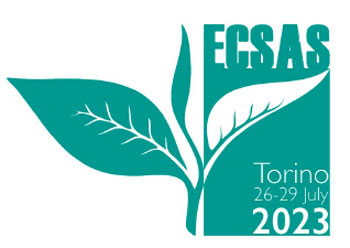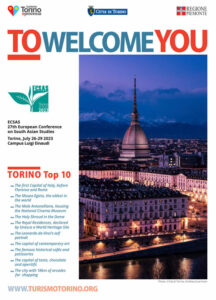Presenter
van der Valk Jan - University of Vienna, Department of South Asian, Tibetan and Buddhist Studies, Vienna, AustriaPanel
05 – Health, disease and epidemics: multidisciplinary perspectives on the socio-ecology of medicine in pre-modern South AsiaAbstract
In Tibetan medicine (Sowa Rigpa), different types of infectious disease are clustered under the term nyenrim (gnyan rims). Foundational sources—such as the Four Tantras of the twelfth century, and its seventeenth-century textual and iconographic commentary, the Blue Beryl—describe disease-causing demons (gdon, gnyan) troubled by humans through improper activities, such as burning food, slaughtering animals, or inappropriate seasonal behavior. These sources depict and discuss disturbed (female) demons, who send waves of poisonous breath (kha rlang), which in humans can cause disease. During the COVID-19 pandemic, Sowa Rigpa practitioners circulated interpretations of nyen (gnyan) as “virus” and began treating COVID-19 as a nyenrim. How have Tibetans and Himalayan Buddhists interpreted SARS-Cov-2 within their own narratives of more-than-human disease causation? How and to what end did this happen? We analyze aspects of these contemporary pandemic narratives based on online Sowa Rigpa webinars, interviews, and blog-posts from 2020-21. Through a critical analysis of nyenrim iconography in Tibetan medical paintings, related medical works, and current interpretations, we argue that retrospective pathogenic disease identification guided practitioners to respond to a new infectious disease. In other words, long-held Tibetan and Himalayan interpretations of nonhuman entities continue to inform Sowa Rigpa etiologies of widespread disease, even in the modern times of COVID-19.


